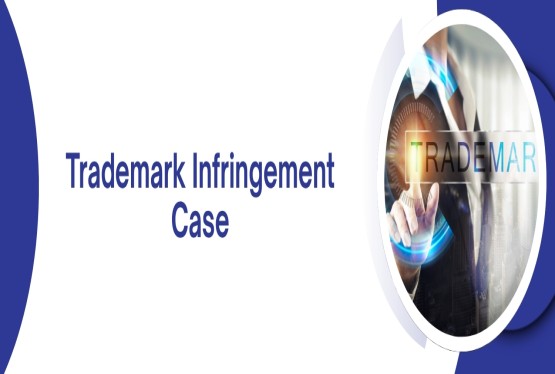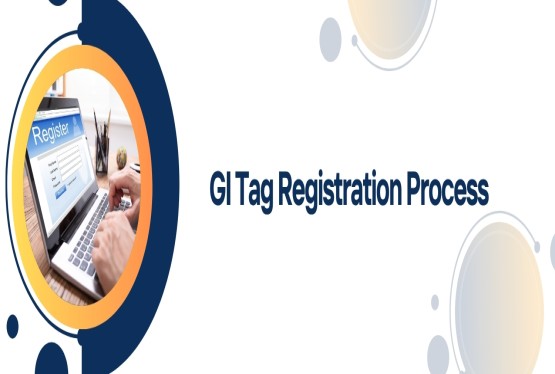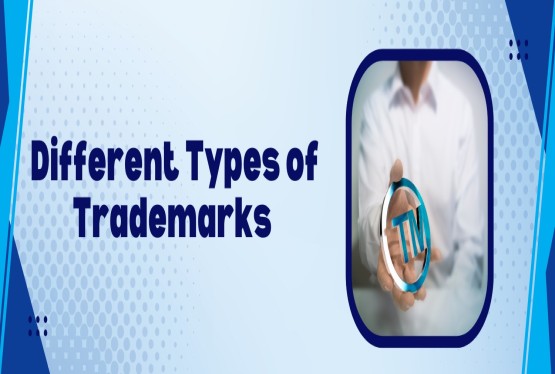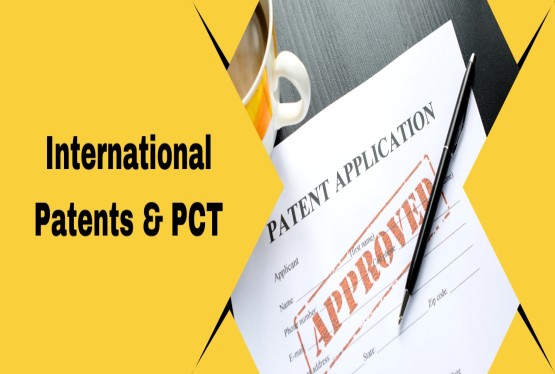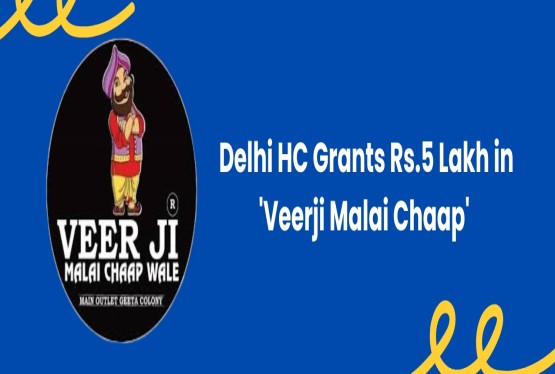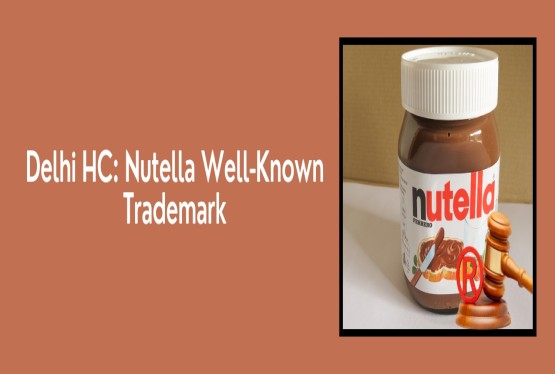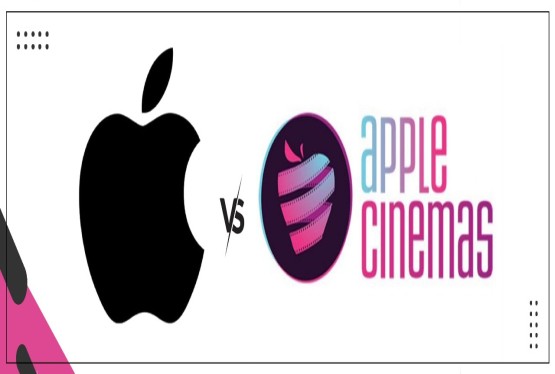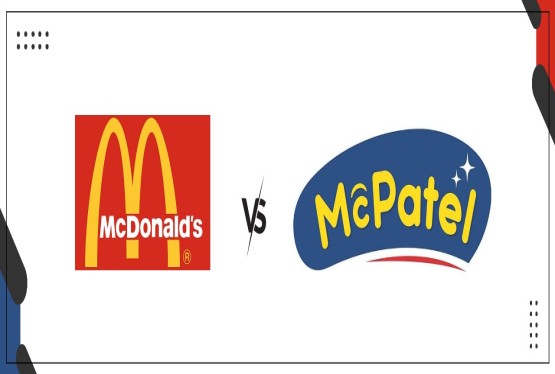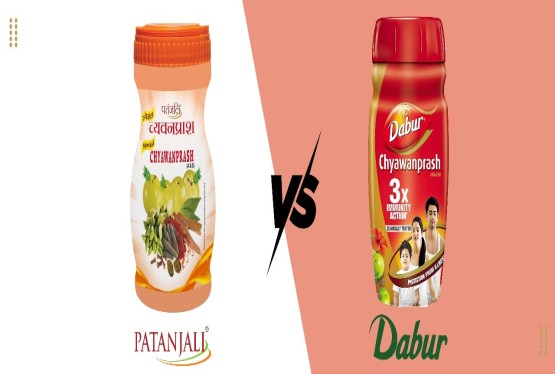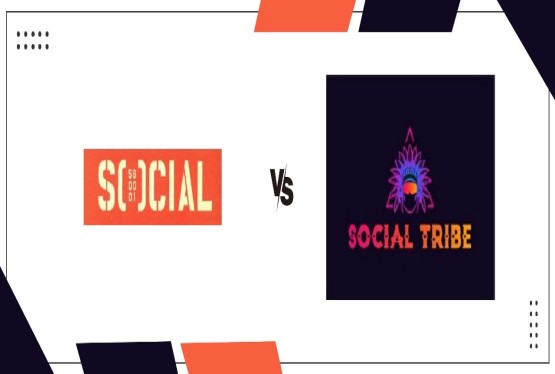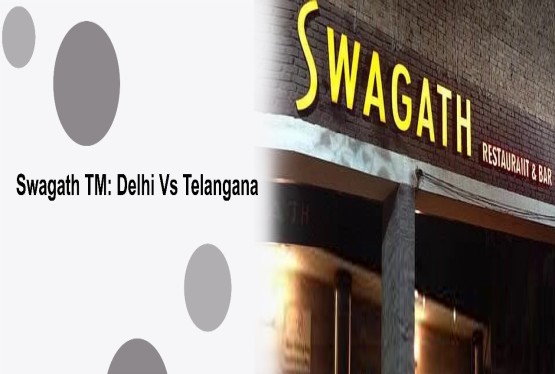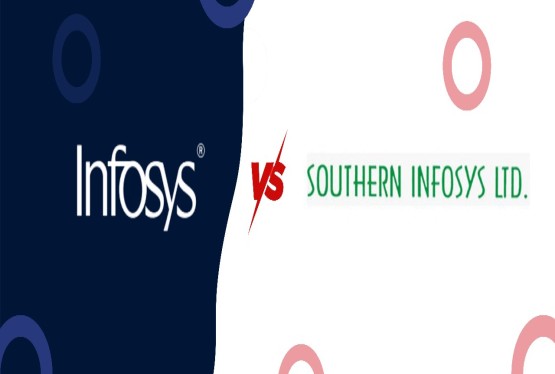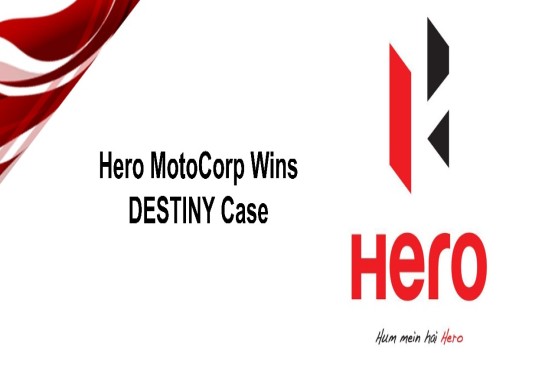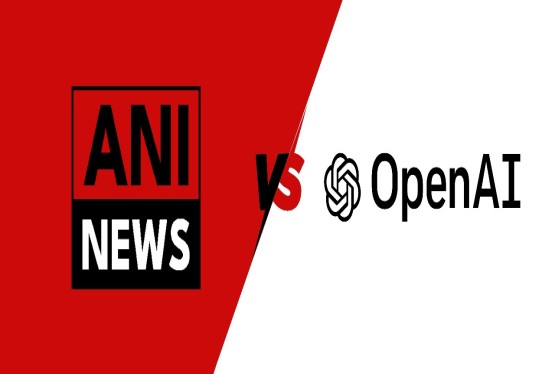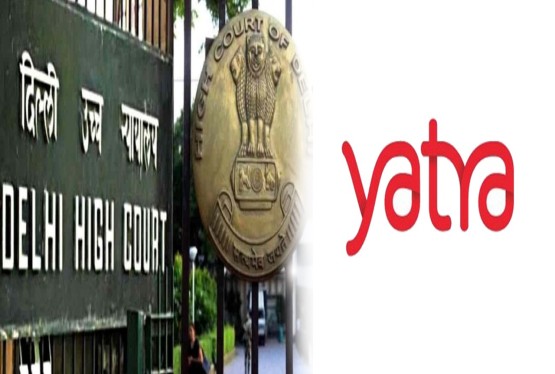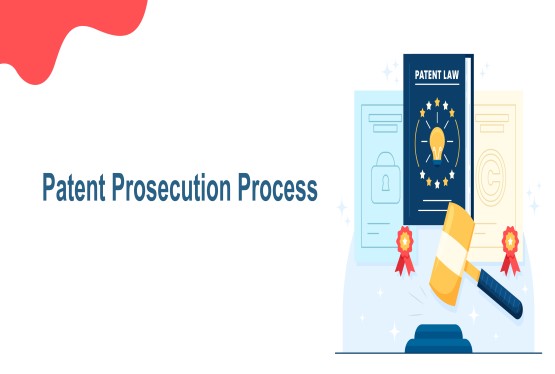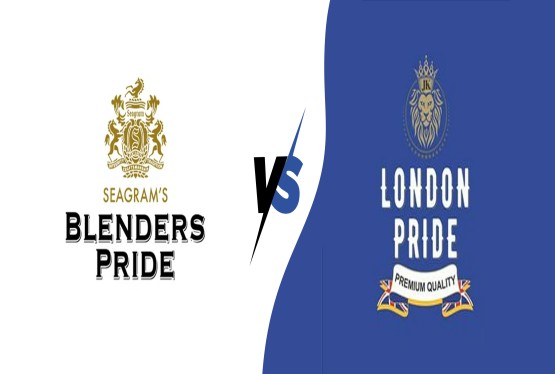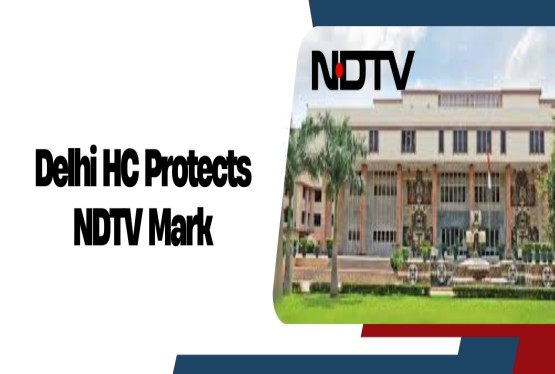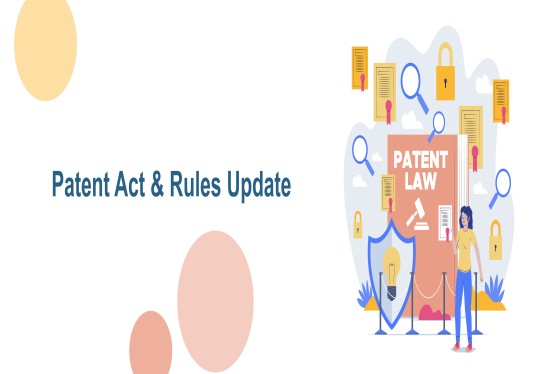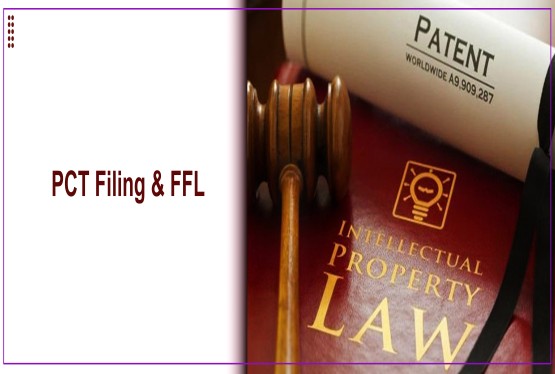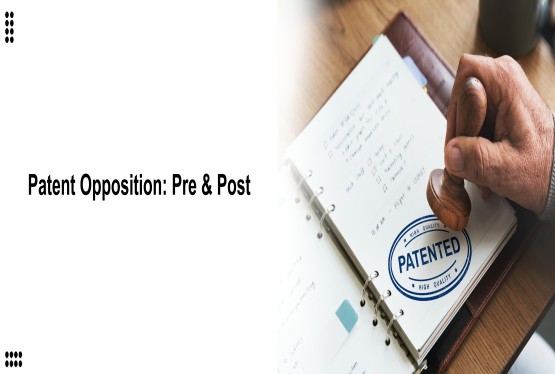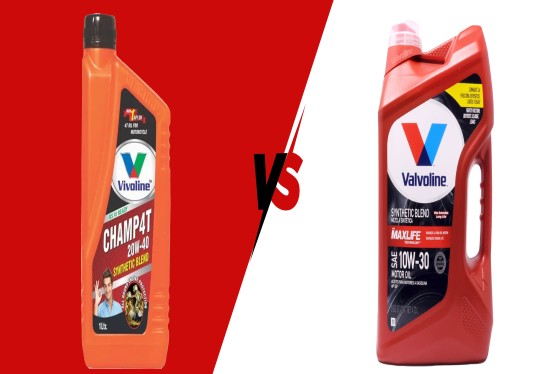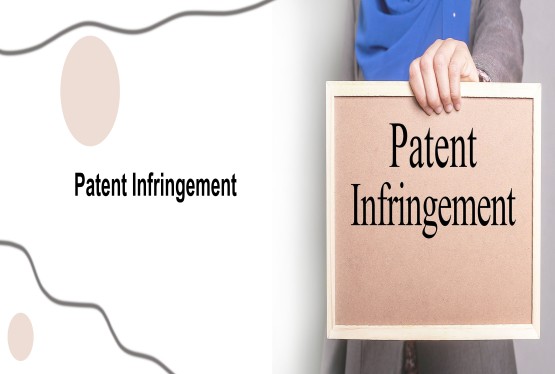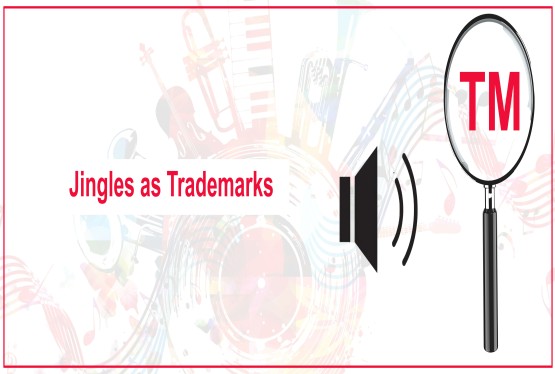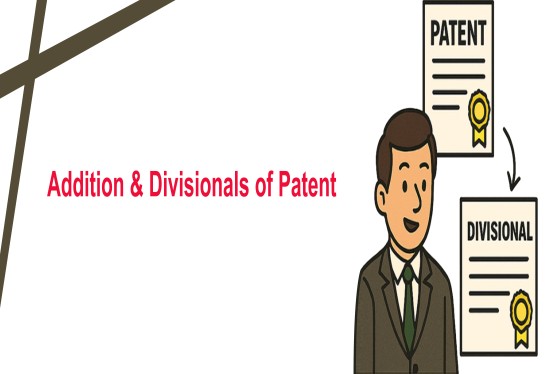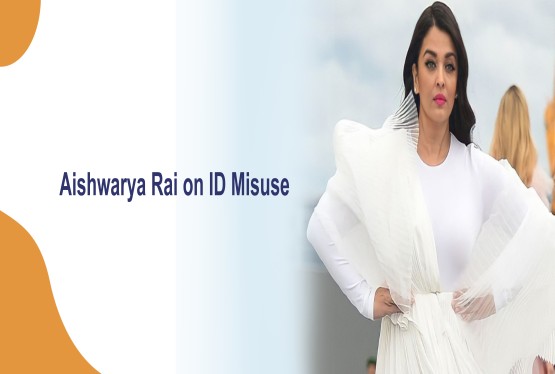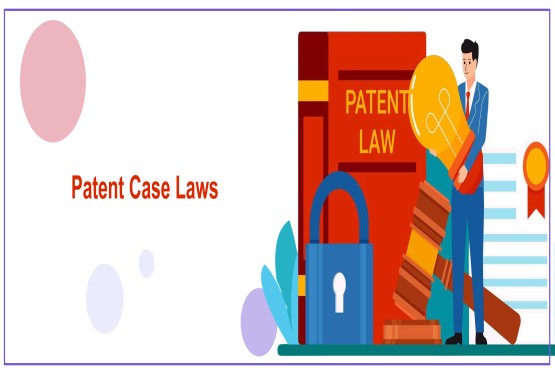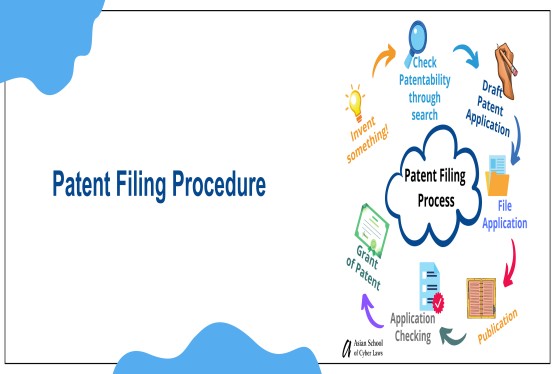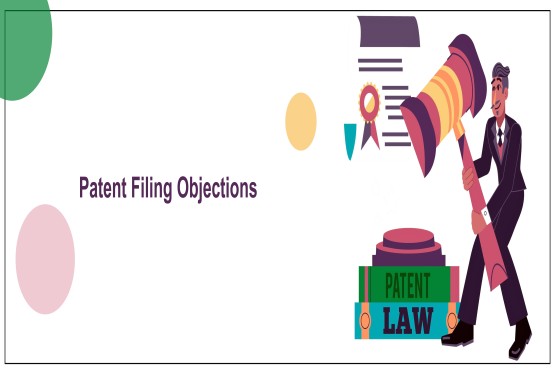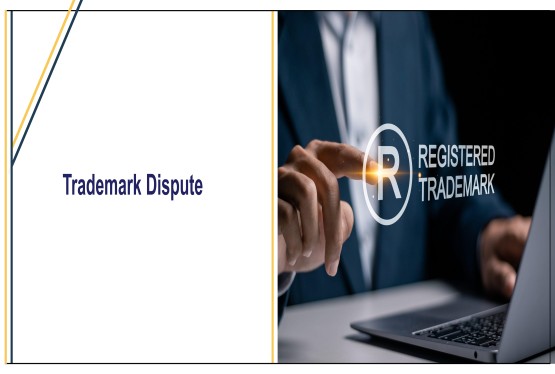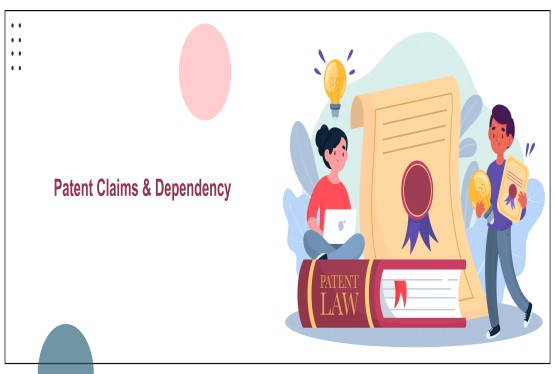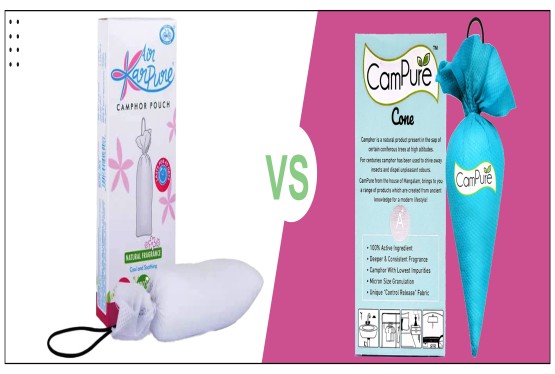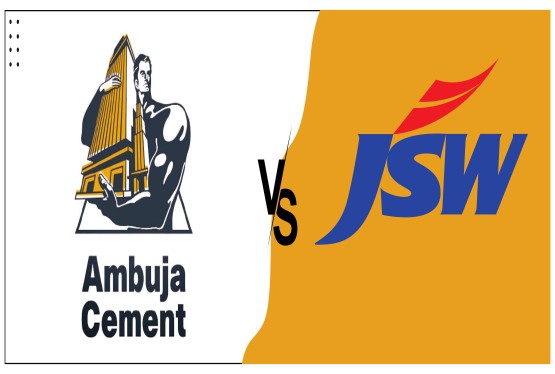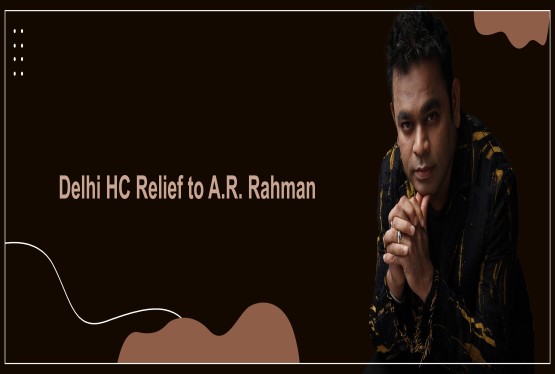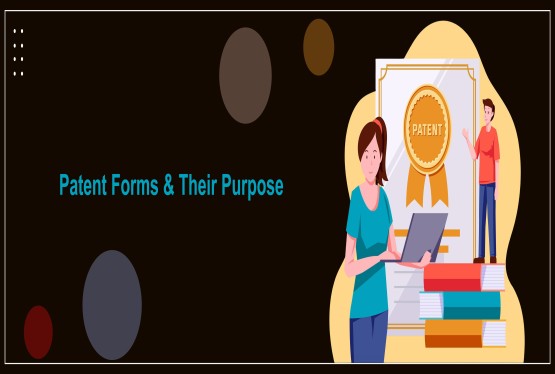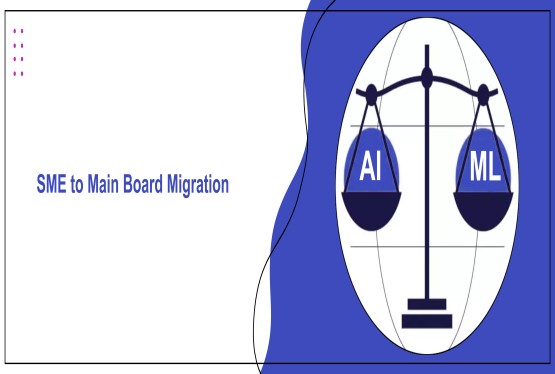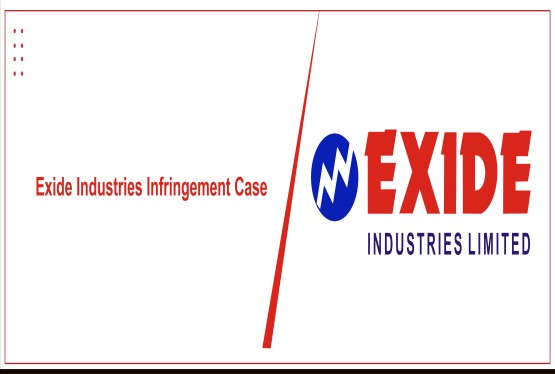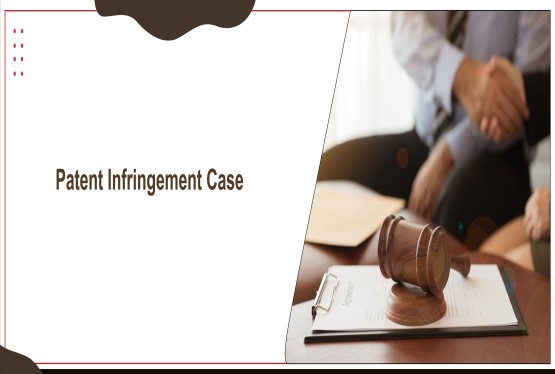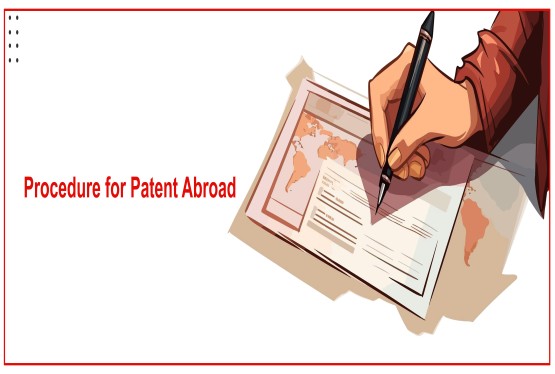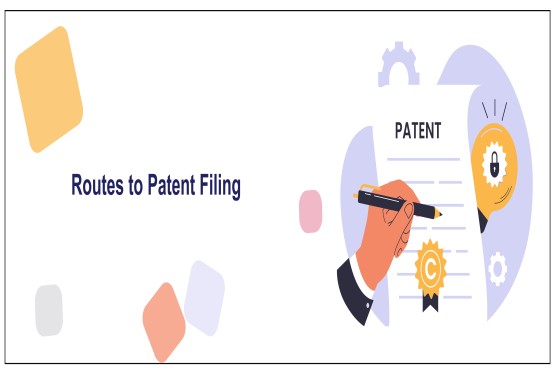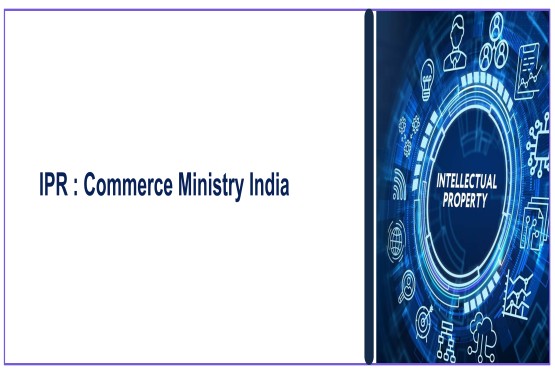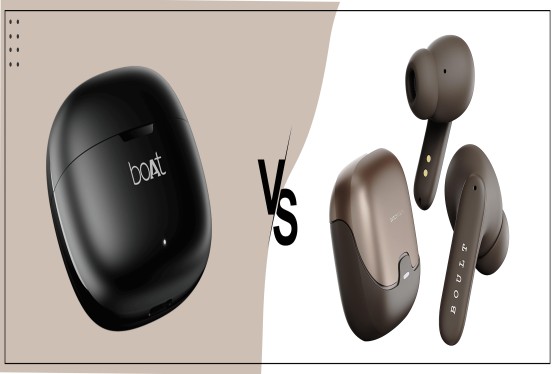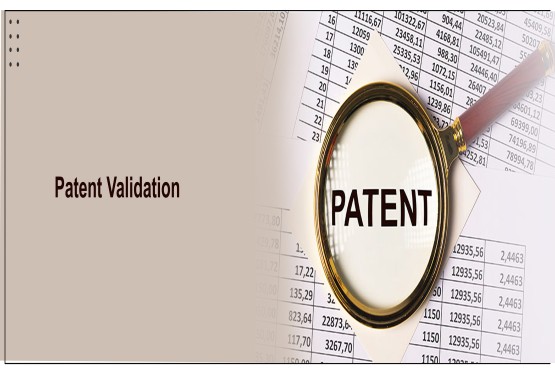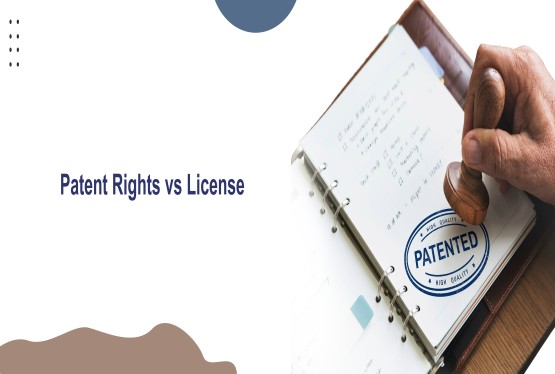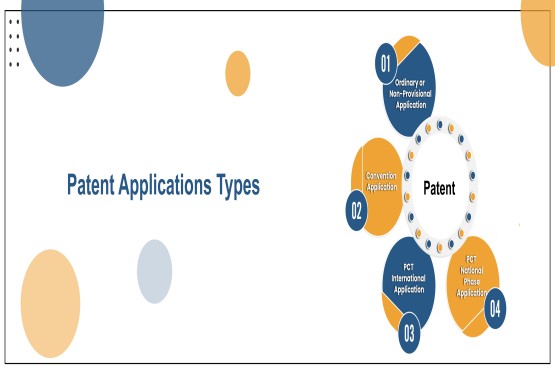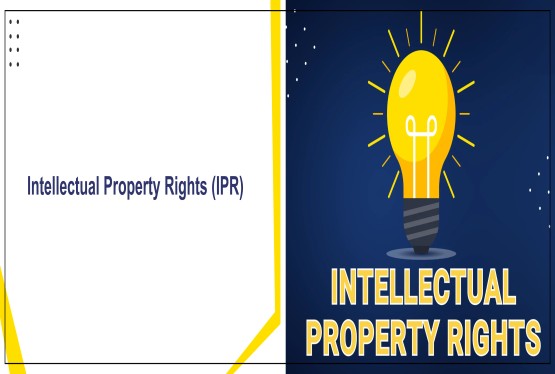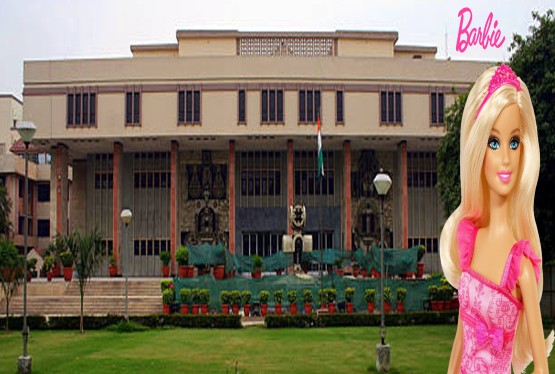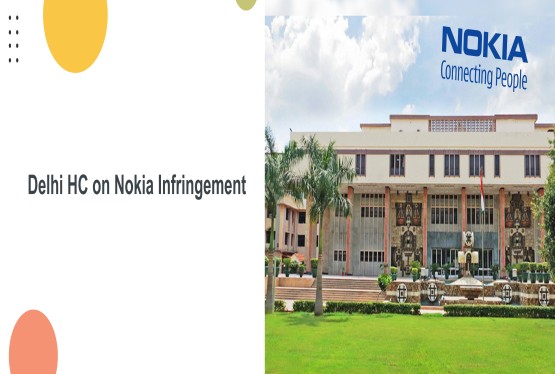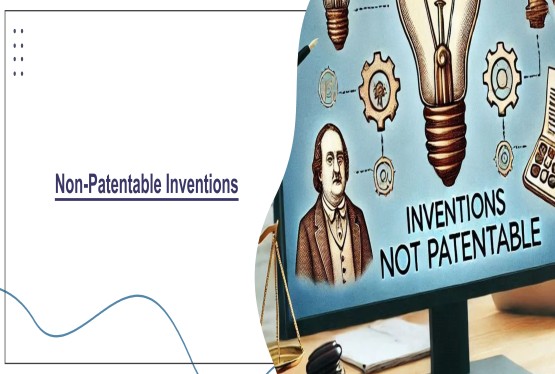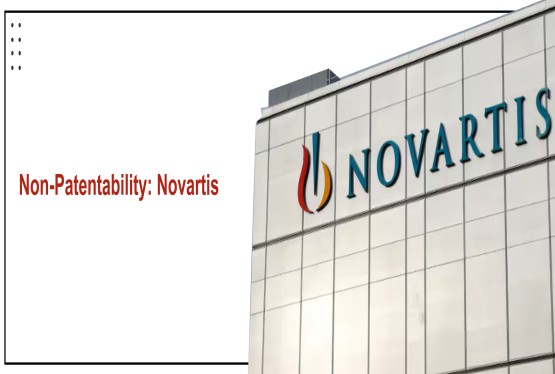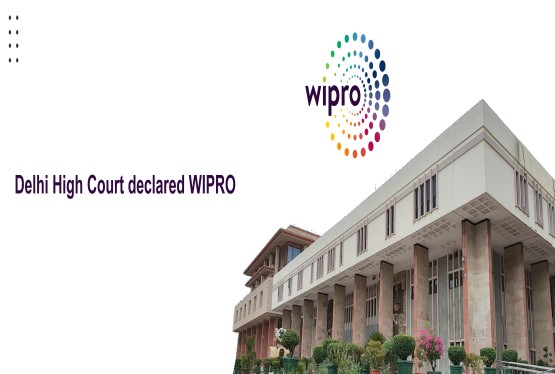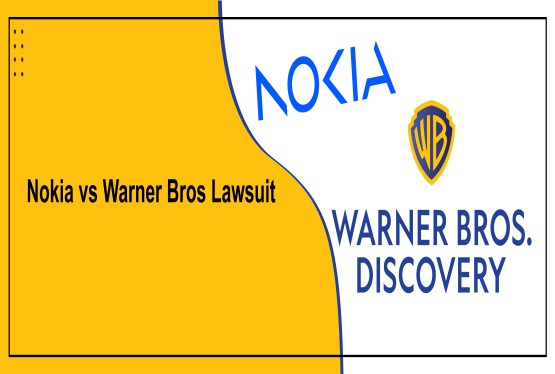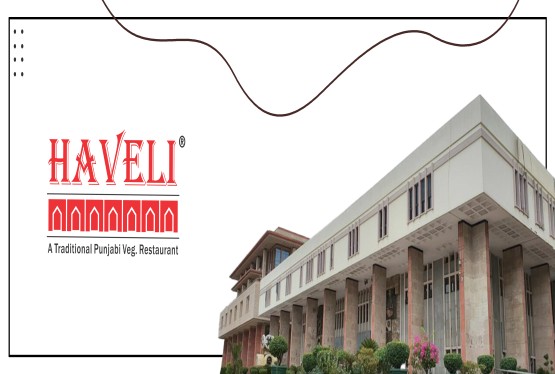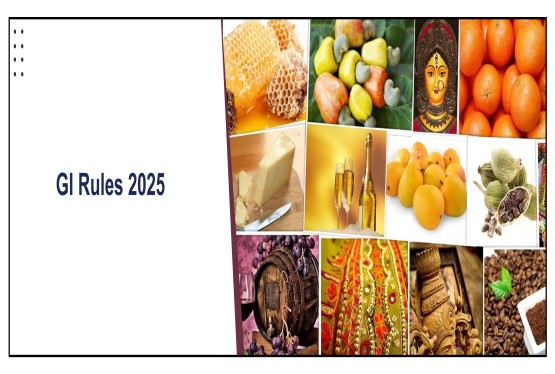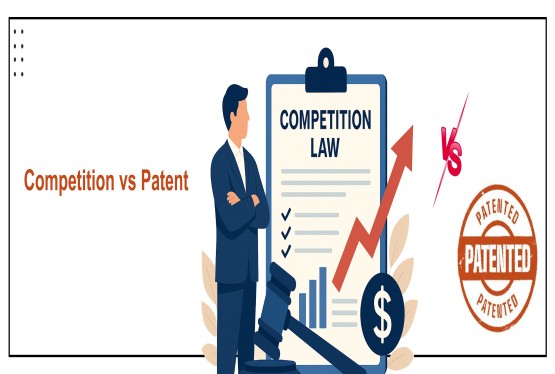In Indian patent law, when a Deputy Controller (or Assistant Controller/Controller) refuses a patent application (usually after examination or in a hearing), the applicant has a statutory remedy of appeal to the High Court under Section 117A of the Patents Act, 1970. If the High Court finds that the Controller’s refusal was flawed for instance, due to lack of reasoning, breach of natural justice, or incorrect legal analysis, the High Court may set aside the refusal and remand the matter back to the Patent Office for fresh consideration (i.e., de novo or anew) consistent with the Court’s directions. Such remand orders are significant because they ensure the patent office must reconsider the application properly applying legal tests, dealing with objections in a reasoned manner, and giving the applicant an effective opportunity to respond. A recent example is the case of N.V. Satheesh Madav & Anr. v. Deputy Controller of Patents & Designs, in which the Delhi High Court remanded a refusal order for fresh adjudication because the Controller had invoked Section 3(j) incorrectly and failed to properly assess inventive step.
Learn more about Patent Registration.
Background
In the matter of - N.V. SATHEESH MADAV & ANR. Vs DEPUTY CONTROLLER OF PATENTS & DESIGNS (C.A.(COMM. IPD-PAT) 111/2022, a Patent Application for the product vigna radiata (linn) wilczek plants vigna radiata (linn) wilczek plants was filed in December, 2008 at the Delhi Patents Office along with ten provisional claims. A First Examination Report (FER) was issued on March 30, 2017 and the objection was raised that the claims lack inventive step in view of the prior-arts document that were mentioned in the report. The report further made claims that the product wasn’t an invention within the meaning of section 2(1) (j) of The Patents Act, 1970 and the claims relate to a method of agriculture and hence, would not be patentable.
The report raised relentless objections stating that the claims do not clearly define the bio bed preparation steps and also objected that the claims only mentioned the result of the method and did not consider any points regarding the technical features of using the said method. The report also had objections regarding the clarity and conciseness of the explanations provided in the claims made in the patent application. It considered it to be vague as it did not explain terms such as “controlled manner” or it is not clear how much quantity of hydrant is being referred to as “small quantity”. It has objected to the format of the claims which were not in proper format as they should be.
In order to rectify the supposed claims that the report had raise objection towards, the claims were amended by the appellants and amended claims were filed afresh. These amended claims stated details about the use of non-absorbent cotton for the making of the bio-bed and method for preparation of the bio-bed:
A bio-bed for growing Vigna radiata (Linn.) Wilczek plants, comprising a plurality of layers of non-absorbent cotton obtained from seeds of Gossypium herbaceum, wherein the plurality of layers of non-absorbent cotton has a combined total thickness of 3 cm.
A has for preparing a bio-bed useful for growing Vigna radiata (Linn.) Wilczek plants, the method comprising the steps of: effecting preparation of a non-absorbent cotton from seeds of Gossypium herbaceum by bleaching; producing a plurality of layers of the non- absorbent cotton; and stacking the plurality of layers of the non- absorbent cotton to form the bio-bed, wherein the plurality of layers of the non- absorbent cotton have a combined total thickness of 3 cm. The plurality of layers of the non-absorbent cotton is stacked in a China dish or glass beaker.
The impugned order was passed by the Deputy Controller refusing the grant of patent under Section 15 of The Patent Act, 1970 on the following grounds:
-
Lacking inventive step in terms of Section 2(1)(ja) of the Act and
-
Not-patentable subject matter under Section 3(d) and 3(j) of the Act.
Submissions by the Counsels
Submission by counsel for the Appellant:
In the response to the FER, the counsels compellingly provided essential explanations that helped in looking upon the differences between prior parts and the bio-bed, apart from dealing with the other objections raised by the Controller in the FER. Below is a summary of the submissions made by the counsel:
-
The Deputy Controller did end up dropping the objection relating to the non-patentability of the invention but was stoic about the fact that the invention lacked the inventive steps and also claimed non-patentability under Section 3(d) of The Patents Act, 1970. This was so because their perception of the bio-bed was that it was mere application of cotton bed for germination of seed. Hence, the Deputy Controller refused the grant of patent because of lack of inventive steps and non-patentability of the product.
-
However, counsel appearing on behalf of the appellants submits that none of the prior arts were discussed in the impugned order passed by the Controller.
-
The appellants in their reply/written submissions elaborated that their claim is different from the prior-art and the impugned order has not discussed the prior-arts efficiently.
-
There was no discussion about the ‘non-absorbent cotton’, which is a very crucial denominator of the product in question and forms the basis for the invention.
-
Further, the objection under Section 3(j) is not applicable in the present case as the subject matter of the invention is neither plants nor animals or parts of them thereof or seeds.
-
The impugned order had refused to grant patent on the basis of Section 3(d) of The Patents Act, 1970 as they say that the non-absorbent cotton is already in existence and hence, it is not an invention. To which, Mr. Tarun Khurana submitted that they are not talking about non-absorbent cotton but about the product “Bio-Bed” which is formed with the help of the aforesaid cotton. Hence, the bio-bed is not a discovery of a new form of a known substance but an entirely new product.
Submission by counsel for the Respondent
The counsel for the Deputy Controller of Patents & Designs, Mr. Manish Mohan (CGSC), handed over short submissions in support of his argument in which the objections under Section 3(h) of the Act had been reiterated. Mr. Mohan further submitted that the Patent claimed is not an invention and there is no inventive step involved. He further submitted that the Patent Office does not give monopoly over growing seeds on such bio-beds of already known non-absorbent cotton.
Decision of the Hon’ble Court
-
After considering the submissions on behalf of the Counsels for the Appellants & Respondent, the Hon’ble High Court of Delhi made certain analysis and findings and held that the Controller committed an error in invoking Section 3(j) of the Act on the ground that the application was in respect of biological process for production or propagation of plants and animals while in reality, the patent was sought in respect of invention of ‘bio-bed’ and the technique of making the bio-bed.
-
The court further said that in order to reject a patent application for not having inventive steps, the Controller must concentrate on the presence of three elements; The invention disclosed in the prior art, the invention disclosed in the application under consideration, and the manner in which subject invention would be obvious to a person skilled in the art. Although, these elements were not looked upon by the Controller and to declare a lack of inventive steps without examining these elements was constituted as unfair by the court.
-
A Coordinate Bench of this Court in its judgment dated March 31, 2022, in Agri board International LLC v. Deputy Controller of Patents and Designs, while relying upon the judgments of Supreme Court in Assistant Commissioner. Commercial Tax Department v. Shukla and Brothers, (2010) 4 SCC 785 and Manohar v. State of Maharashtra and Ors., AIR 2013 SC 681, has observed that the principles of audi alteram partem have to be followed by the Patent Office while rejecting a patent application.
-
Hence, the Court remanded the matter back to the IPO. The fresh consideration by the IPO must consider the objection of lack of inventive step in the light of prior art referred in the FER/hearing notice, which the Controller failed to adhere to. In the event the Controller wishes to raise an objection under Section 3(j), a fresh hearing notice be issued to the appellants so that the appellants are accorded a chance to meet the Section 3(j) objection.
-
The court has also looked upon the data provided by the Counsel for the Appellant, which shows a vast difference between the Vigna Radiata (Linn.) growing on the bio-bed and the one growing on normal soil. The fact that the product in question provides a better condition for the plant to grow and benefit agriculture is a crucial stand that points towards the patentability of the product. The Court has further declared that the Controller must work towards passing a reasoned order while considering all the relevant claims that have not been put into consideration before and must do so within a limited time period of four months.
Final Word
In the present case, the Patent Office failed to analyse the claims judiciously, which the counsel vehemently opposed thereby arguing as to how the Patent Office had merely rejected the application without providing justifiable reasoning for the objections that they raised. The Controller failed to analyse as to how the invention that is the subject matter of the patent application is lacking inventive step. It also fails to mention how the subject is obvious to a person skilled in the art. This rejection of the application exudes a certain nonchalance displayed by the Deputy Controller and it makes it pertinent for the application to have a fresh consideration that it would now receive.
FAQs
Q1. Under what legal provision can one appeal a refusal by the Controller, and what is the scope of the Court’s review?
Ans. The appeal lies under Section 117A of the Patents Act, 1970 (as amended). Through this appeal, the High Court examines whether the refusal was legally sustainable i.e., whether the Controller correctly interpreted and applied the statutory provisions (novelty, inventive step, non-patentable subject matter, sufficiency, etc.), whether principles of natural justice (such as giving hearing, opportunity to amend, dealing with responses) were observed, and whether the order is reasoned, non-cryptic, and not arbitrary. The Court may uphold the refusal, or quash it and remand for fresh consideration, subject to guidance on legal standards.
Q2. What are common defects in a refusal order that lead the High Court to remand for fresh consideration?
Ans. Some frequent deficiencies include: The refusal order being cryptic or non-speaking (i.e., not addressing the applicant’s submissions, not applying legal standards). The Controller introducing new grounds (i.e. objections) in the final order that were not raised in the examination report or hearing notice, thereby violating natural justice. Conflating novelty and inventive step (e.g. treating a document as disclosing all features and then using it again to reject inventive step without analysis). Failing to analyse the three elements for inventive step: (i) what the prior art discloses, (ii) what the claimed invention is, and (iii) why (if at all) the claimed invention is obvious to a person skilled in the art. Mechanical, “cut-and-paste” orders without independent application of mind. Violating the principle audi alteram partem (not giving adequate opportunity to argue or respond). Failing to deal with amended claims or submissions filed by the applicant.
Q3. When a case is remanded, what directions does the High Court typically give to the Patent Office / Controller?
Ans. On remand, the High Court often issues directions such as: The Controller must issue a fresh hearing notice if new objections (especially statutory ones like section 3) are to be raised, giving the applicant a fair opportunity. The Controller must pass a speaking and reasoned order, dealing with each objection and each claim amendment, applying legal tests (especially for inventive step) with proper analysis. The Controller must compare the claimed invention and the prior art in detail, showing why or why not the claimed features are obvious. The Controller must not introduce new grounds at the last stage without prior notice. Sometimes the Court mandates a time-bound reconsideration (e.g. decide within six months). The Controller may be directed to consider supplemental evidence or submissions if the Court permits, provided procedural fairness is maintained. The order must avoid conflating or contradictory reasoning (e.g. can’t accept novelty and then immediately deem the same prior art obvious).
Q4. Does a remand mean the applicant is guaranteed grant?
Ans. No. Remanding the case does not amount to direction to grant the patent. The remand simply ensures that the Controller must reconsider the application properly, in light of the Court’s observations and legal standards. The Controller may still reject the application if, on fresh analysis, the objections are valid and supported by reasoning and evidence. The remand is for reconsideration, not for automatic allowance.
Q5. What strategic considerations should an applicant keep in mind following a remand?
Ans. The practical points are carefully study the High Court’s judgment and the legal principles the Court has emphasized (e.g. standards of inventive step, nonpatentable subject matter), prepare well-structured arguments for each objection, with prior art comparisons and expert evidence if needed, ensure that any amendments to claims are within permissible scope and properly justified, be ready to respond to any new objections (if Court allows them) by ensuring procedural fairness, monitor the timelines and press the Controller for decision within the time stipulated by the Court, Consider submitting supporting technical data or evidence (if allowed) and maintain a record of all submissions, responses, and communications in the remand proceedings.






























_(b)_of_the_Trademark_Act,_1999_(1)_crop10_thumb.jpg)



_crop10_thumb.jpg)




























_crop10_thumb.jpg)
_crop10_thumb.jpg)






_crop10_thumb.jpg)








_crop10_thumb.jpg)



_crop10_thumb.jpg)





























_crop10_thumb.jpg)

















_crop10_thumb.jpg)






_crop10_thumb.jpg)












































































































































_crop10_thumb.jpg)




































_crop10_thumb.jpg)












_crop10_thumb.jpg)













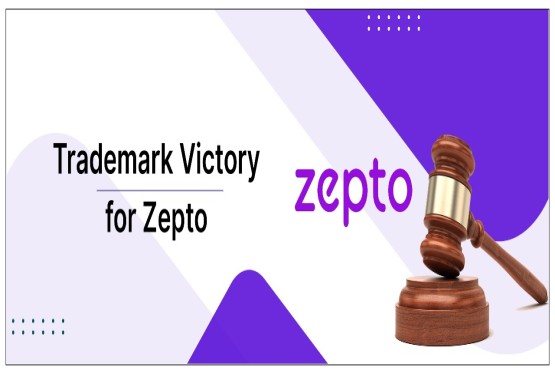




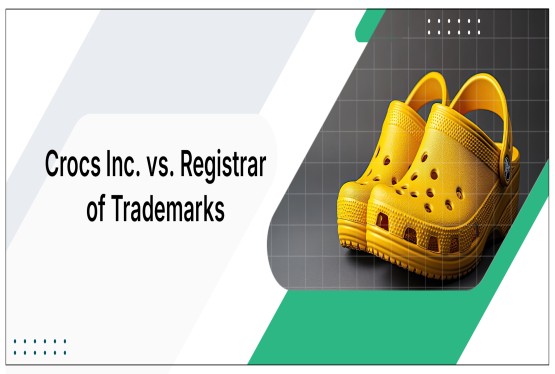















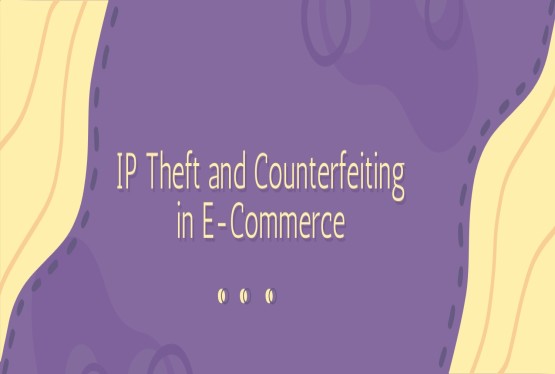












_crop10_thumb.jpg)






